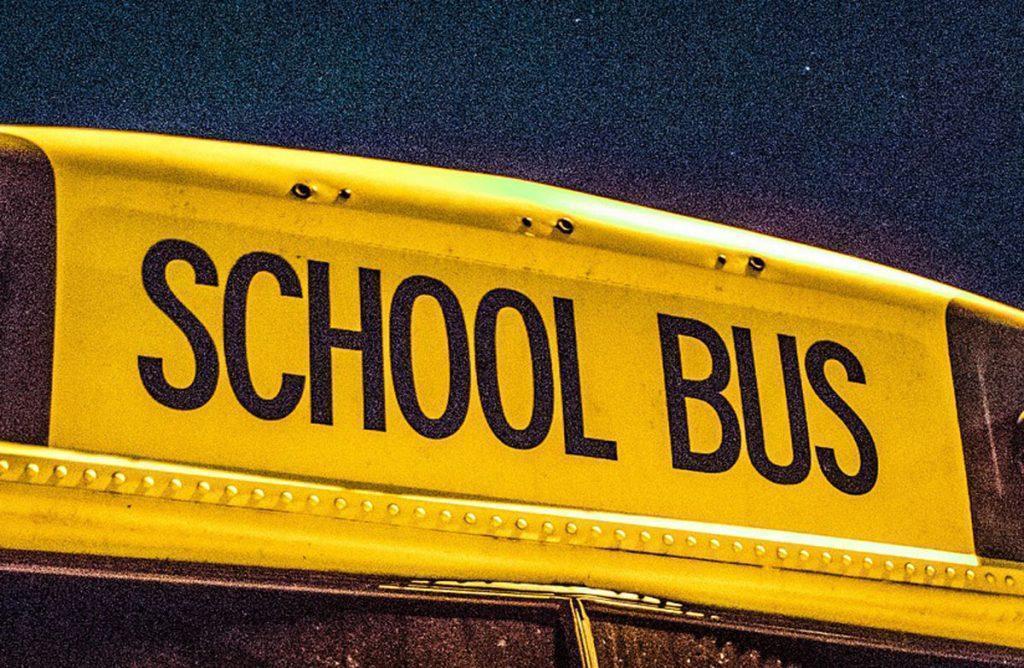Home-to-school transport policy set for review
22/02/2022

Parents express concerns over rules applied as to when transport is provided
by Andy Mitchell, Local Democracy Reporter
A team of councillors has been set up to have a detailed look at how home-to-school transport is delivered for children in Oxfordshire.
Oxfordshire County Council’s People Overview & Scrutiny Committee decided to form a sub-group to focus on equality after debating various aspects of the current policy for more than an hour.
Council officers had been asked to put together a report on current arrangements and the impact of projected future volumes of pupils with a view to creating “fairness in the system” while reducing the carbon footprint of the service.
The county council must provide free transport for under-8s travelling more than two miles or children aged eight and older travelling more than three miles to their nearest school, or through routes that are not deemed to be safe or suitable.
In most cases, this is delivered through a free bus pass but school specific services, taxis and mileage allowances are also used.
Low-income families can get help to access schools other than their nearest, while there is further provision for children with disabilities or special needs.
The council spends more than £23 million per year on transport for nearly 10,000 pupils overall.
The committee heard from two residents on a particular bone of contention, access to transport for children who do not go to their closest school.
Standlake resident Debbie List said that despite paying for her first child’s travel to his chosen secondary school, Bartholomew School, her second child was told he would not be able to access transport.
A temporary bus service plugged the gap for a term and the family is currently reliant on a volunteer-run transport service.
She says it “seems ridiculous” that her children have no right to transport to a secondary school that is part of the same academy structure their primary, irrespective of whether they pay for it, because an alternative is “370 metres closer”.
Grandparent John Christie then spoke about 219 residents of Middle Barton signing a petition to get the village’s children access to transport to Chipping Norton School.
He said it was “harsh and unreasonable” that the village’s “long established” link to the school could be severed for some families due to Heyford Park School, which he says does not have an adequate number of places to cater for Middle Barton, being deemed nearer.
Kevin Gordon, Oxfordshire’s director of children’s services, said the complaints “absolutely exemplified the issues we have” in meeting expectations across “a big rural county”, acknowledging that “resource implications” made policies “quite tight and deliberately so”.
Committee chair Councillor Ian Corkin (Con, Ploughley) said: “I think what we have heard is that the policy is more than ready to be reviewed.
“There are things that are within the gift of the authority and things that are not but there is clearly an appetite and opportunity to look more creatively at what we are delivering, improving equity and perhaps ironing out some of those issues that we heard from the public speakers.”
The committee asked for an environmental impact assessment to look at the carbon footprint of the current model ahead of deciding whether and how it can be improved while councillors look at equality.
During the debate, Councillor Dan Levy (Lib Dem, Eynsham) said: “It is very difficult and whatever we do will have some anomalies.
“I would like to point out two things, one is that it is not equitable for people in a single village to have the rich kids going to the catchment school when they can pay for transport while the kids from poor families go to the nearest school because they can get free transport.
“The second thing is we are having transport going to more than one school (from one place). If we are trying to reduce costs and the carbon impact then having multiple buses going to various places from a single site does not strike me as being a particularly sensible outcome.
“There must be something we can do in those areas, I would hope.”
Published: by the Banbury FM News Team
